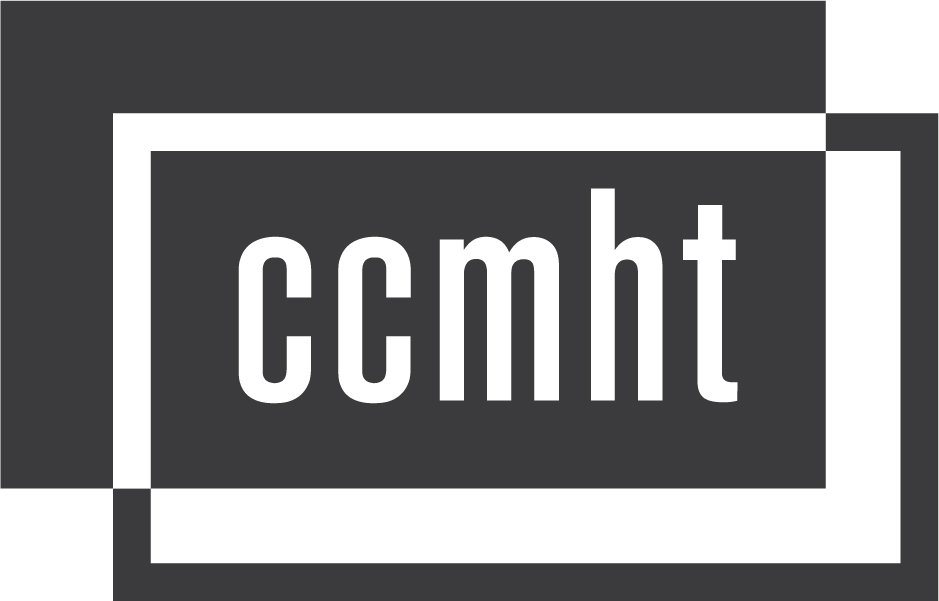Hatch House
The house has three bedrooms, two with queen-sized beds and a small bunk room with two twin bunks. One full bathroom plus an outdoor shower. No internet, heat, laundry, or dishwasher.
Please contact the Trust at admin@ccmht.org to inquire about booking a stay.
Hatch House Availability
The Designer
John Hughes Hall was born in 1916 into a well-to-do family on Long Island. He graduated from Princeton University in 1935. Between ‘35 and ‘46 he traveled, wrote for newspapers and served in the army.
He first came to Wellfleet in the late ‘30s, taking to the landscape immediately which he described as ‘manageable’. He bought 180 acres and a very old farm compound on Bound Brook Island for 3,500 dollars from Katie Dos Passos, wife of the writer John Dos Passos.
Jack Hall and his close friends, Jack Phillips and Hayden Walling were the three self-taught designer/builders in Wellfleet who created a welcoming environment for the European modernists when they arrived in the mid ‘40s. In 1946, Hall started his own design/build practice in Wellfleet which he continued intermittently until he retired. Projects included the Peter’s Hill Restaurant building, the Hatch House, and many studios, renovations and additions.
Beginning in 1956, he worked for a number of firms in New York City including Nardin and Radoczy, Tom Lee Ltd., Hughes & Hood and George Nelson and Company.
His study of industrial design led to work on a number of major traveling exhibitions for the US Information Service including Graphics USA in ’63 with Ivan Chermayeff (son of Serge Chermayeff). While with Hughes and Hood he designed many showrooms in the United States and Europe for the Fieldcrest Mills Company.
In 1959 he spent four months in Moscow helping to assemble ‘The Jungle Gym,’ George Nelson’s contribution to the American National Exhibition. He worked with Charles and Ray Eames on a light fixture in 1964 and designed a café table for the Museum of Modern Art’s restaurant.
Hall taught at Parsons School of Design’s Industrial Design Department in 1957-58 and also had a private architectural practice in New York, executing many townhouse renovations (including one for his friends, Serge and Barbara Chermayeff).
Although when Hall first came to Wellfleet he had an old Rolls Royce and was sometimes referred to as the ‘Squire of Bound Brook,’ he become a beloved fixture in town, especially after moving there full time in the early ‘70s.
He was a serious lifelong painter and writer. Hall’s last wife, Marty, was close to Connie Breuer and would often sing at parties while Connie accompanied on jazz piano. Jack Hall died in the winter of 2003 in Wellfleet.
The House
The experimental Hatch House was designed by Jack Hall in 1960 for Robert Hatch, an editor of The Nation and his wife Ruth, a painter. The family occupied the cottage until 2008 when ownership reverted to the National Park Service. CCMHT received a lease in 2012 and finished restoration in spring 2013. Since then the house has hosted annual residencies. All the original furniture and artwork has been re-installed by the Hatch family.
It’s hard to describe the setting of the Hatch House, with it’s panoramic view of the bay, perched on the edge of a kettle hole, with a vernal pool below, and its untrammeled west-facing hillside which takes in the sunset over the water. Since it’s in the National Seashore, surrounding development has been frozen since its construction. The cottage itself is a matrix of cubes. Some are single and some combine to make bigger shared spaces. The cubes are connected by outdoor decks that seem to dematerialize due to the decking being laid on edge; making the whole seem to hover a few feet above the ground. The rooms open and close with shutters of different sizes to regulate temperature, air and sun. There are two rooms w/ queen sized beds, a bunk room, one bath, a lovely path to a generally un-occupied bay beach and access to many trails through the woods.
The house has three bedrooms, two with queen-sized beds and a small bunk room with two twin bunks. One full bathroom plus an outdoor shower. No internet or heat.













